
Phenotyping
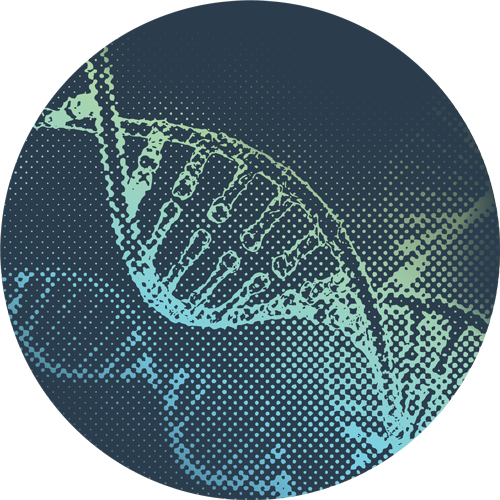
genotype
blueprint of genetic potential written across billions of DNA base pairs
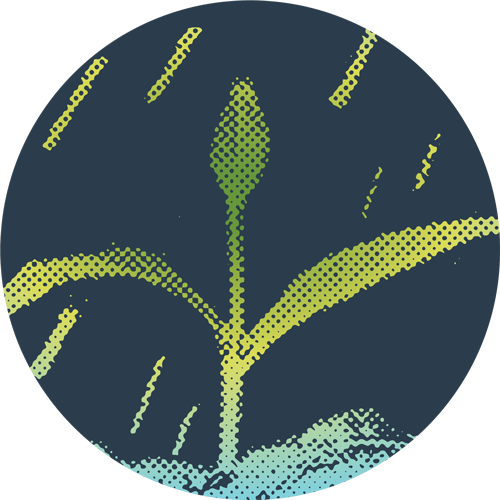
environment
environmental factors (e.g., precipitation, sunlight, nutrients, weed & pest protection applications)
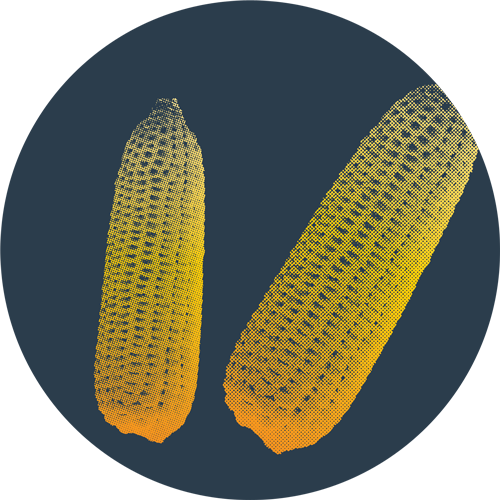
phenotype
observable characteristics resulting after the environmental has influenced which genes are expressed (e.g., leaf or canopy area, nitrogen content, photosynthetic activity)
genotype x environment = phenotype
Phenotyping, the process of measuring and analyzing observable plant characteristics, is a term used frequently in the College of Agriculture these days—and a technique that is now automated for field research at Purdue.
The Indiana Corn and Soybean Innovation Center, a 25,500-square-foot facility at the Purdue Agronomy Center for Research and Education (ACRE), opened in fall 2016 and is the first field phenotyping facility in North America. This multidisciplinary research facility was made possible in part by significant funds from Indiana farmers through the Indiana Soybean Alliance and Indiana Corn Marketing Council.
Although scientists have made significant advances in sequencing the genetic material of key crops, the technology to help identify how those genes are expressed in observable traits in plants (the phenotype) lags behind. Making the connection between genotype and phenotype can help scientists modify desirable plant traits, improving climate adaptation, enhancing crop yield and nutritional characteristics, and optimizing management technologies for weed and pest control.
Phenotyping is not a new technique, but measuring characteristics such as plant height, nitrogen content, and photosynthetic activity by hand is time-consuming and laborious. Automated field phenotyping using sensors, configurable harvesting equipment, and drones produces far more data in a shorter time frame, allowing researchers to more quickly close the gap between genotype and phenotype.
Photos provided by Kiri Northam and Rebecca Stephens.
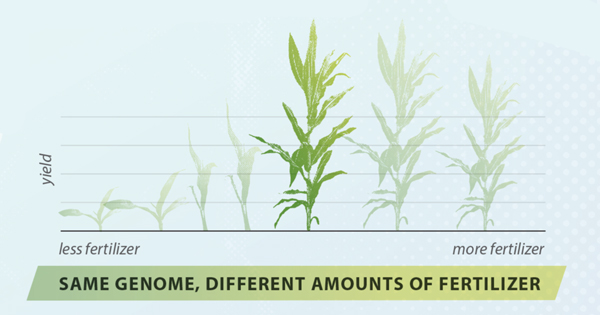
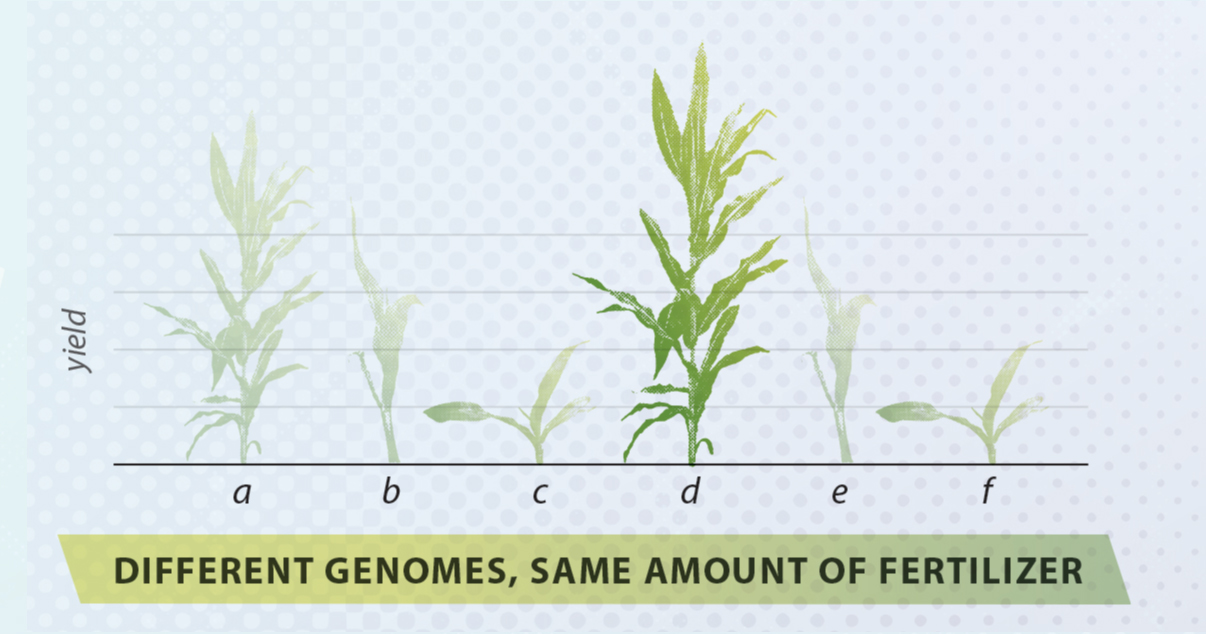
Why is phenotyping important?
New technologies are required to feed an estimated global population of 9 billion people by 2050 while minimizing our environmental impact.
Matching phenotypes to their genotypes results in:
1. Efficiency
Reduced costs and environmental impact from precise inputs
2. Precision
Fewer inputs in just the right place
3. Sustainability
Reduced costs and environmental impact from precise inputs
Who benefits? Everyone.
A Multidisciplinary Approach
Agronomy
Applying the science of soil management and crop production.
Electrical Engineering
Designing, constructing, and maintaining sensors.
Aviation Technology
Using UAVs (unmanned aerial vehicles) to collect data.
Civil Engineering
Developing images from sensors and collecting data from images.
Computer Science
Analyzing data collected through machine learning more efficiently.
Producers
Applying the science for better crops and yields.
Inforgraphics provided by Kiri Northam and Rebecca Stephens.